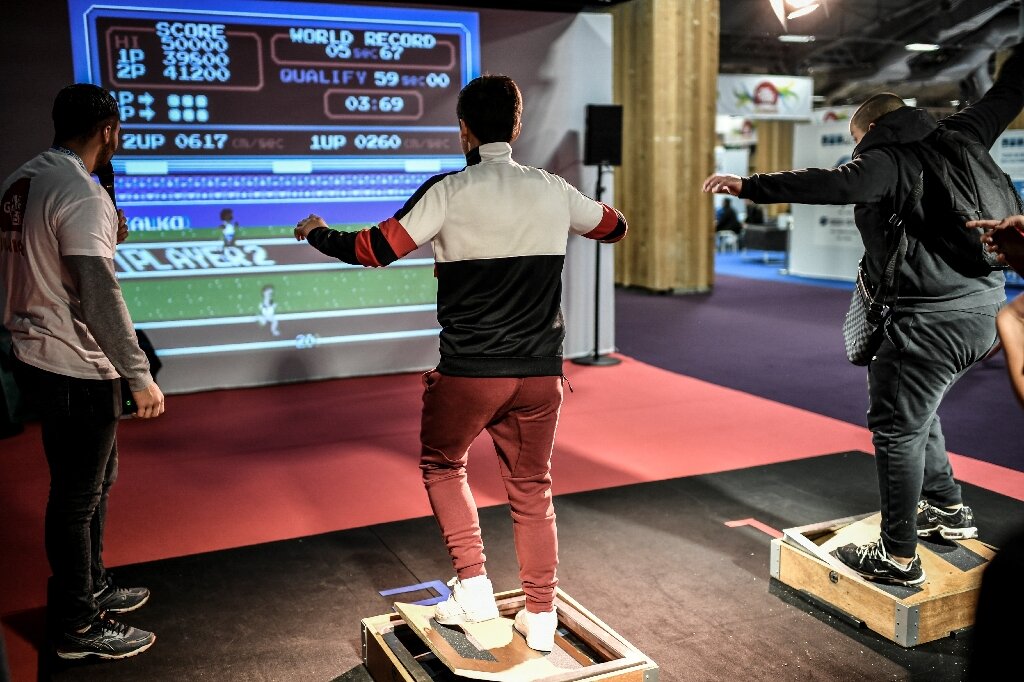
The brain’s interpretation of the senses which create our understanding is called perception. What happens next is that the brain interprets this information, allowing us to understand what is happening in the environment. But bringing in the information only describes sensation-the act of transmitting information from the sense organs to the brain. To make sense of the world, the brain needs to first bring in information from sensory organs, such as the eyes, ears, and skin. Let us stop and think about the senses that allow us to experience the world: vision, hearing, and touch, to name a few. To understand how effective VR works, we first need to understand a little about how the brain makes sense of the world around us. In other words, VR is ineffective when the virtual world “behaves” differently than the real one.

This last scenario could mean that our friend experiences cybersickness, which is when VR tricks your brain into feelings of motion-sickness (that queasy feeling some people get in a car, plane, or on a boat).

A third possibility is that we get it really wrong. She might think the experience is enjoyable, but her brain will not be “tricked” effectively. If we get it wrong, our friend’s experiences in the alternate universe will fall short of how her brain would perceive (or interpret) things in the real world. If we get it right, then our friend’s brain will be “tricked” into sensing that this universe we have designed feels real, even though she knows, of course, that it is an illusion. So how does this happen? Let us imagine that we are going to build an alternate universe for a friend to experience it needs to be very convincing for us to succeed. The more convincing (or immersive) the virtual world is, the more we start believing-or at least feeling as if-we are in the virtual environment. The technology behind VR is designed to make us feel like as if we have left the place we are standing and have been transported somewhere completely different. If you were in a virtual world and you could only move at one speed, then the virtual world would not be immersive because your experience in VR would not match up with your experience of the real world, where you can walk or run at varying speeds. In the real world, for example, you can walk or run at different speeds. VR is considered immersive when our experience in a virtual world is similar to our experience in the real world. Immersion refers to how well technology can simulate the ways we sense and perceive the world in our everyday life. These environments are designed to be as realistic as possible. Virtual reality (VR) environments can be as small as the cockpit of an airplane or as large as an entire virtual world. You will see how VR tricks our brains to believe that we are somewhere else entirely, in interesting and sometimes unexpected ways. In short, you will have a sense of how VR technology is designed to tap into the way our brains work each day.

After reading this article, you will have a basic understanding of what happens in VR. When we simulate the way we experience the real world-for instance, by simulating three- dimensional scenes using stereoscopic vision-VR can make us feel like as if we are in a different world altogether, but a very realistic-feeling one.

Our eyes and ears work the same whether we are in a real world or a virtual one. We will discover that VR is effective because it mimics the experiences we encounter and the qualities of the real world around us. It is an exciting technology but, after we put the headset on, we rarely stop to ask: how and why does it all seem so realistic? In this article, we are going to explore some of the concepts and techniques that make VR so convincing. Virtual reality (VR) can seem like being magically transported to a different world.


 0 kommentar(er)
0 kommentar(er)
